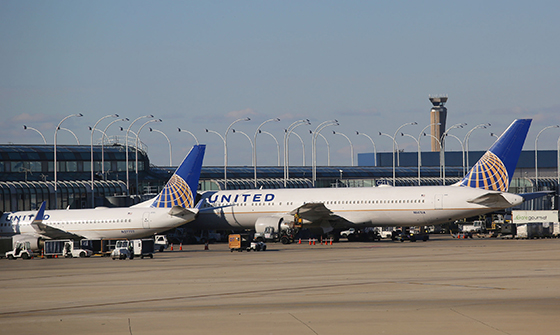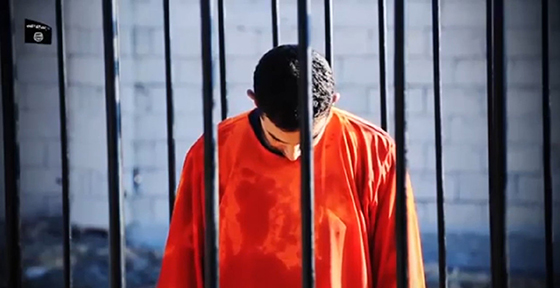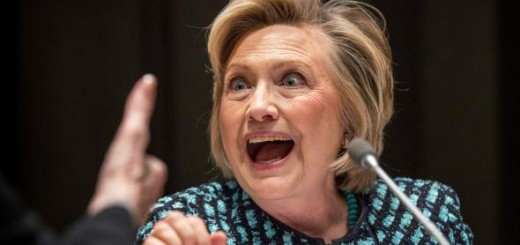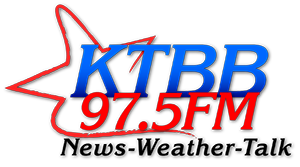Fly the Affirmative Skies.

I have been a pilot for 40 years. I hold an Airline Transport Pilot certificate, the highest of the seven levels of airman certificates that the FAA issues. Because of an unusual confluence of circumstances, much of my early flight training took place in the training department at Braniff International, a major airline in its day that was headquartered in Dallas. I have spent an enormous amount of time hanging around airline pilots and I count quite a few of them as friends.
I therefore consider myself qualified to speak on United Airlines’ announcement this week that they intend to reserve, for “women and people of color,” half of the slots for the 5,000 pilots they intend to hire.
First things first. When I say I know a bunch of airline pilots, two that come to mind are women. They’re both damned fine pilots. That’s because they, like every single airline pilot I know, wanted to fly from the time they were kids. So they paid the huge price in time, money and personal sacrifice that is necessary if one wants to become good enough at flying so as to even be allowed to apply for an airline job.
According to the FAA, there are approximately 664,000 licensed pilots in the United States. The vast majority are nowhere close to having the experience, the qualifications and – most important – the natural aptitude that is required for airline flying.
Gaining the experience and the qualifications necessary for airline flying most often entails years of drudgery in low-paying general aviation flying jobs. Many of the airline pilots who don’t come out of the military build the requisite flying time by becoming flight instructors. The vast majority of people – of any gender or ethnicity – who take up flying with an eye toward pursuing an airline career eventually give up. That’s because flying with the level of proficiency and precision that is expected of airline transport-rated pilots is difficult and requires both aptitude and persistence.
The ones who stick it out and earn the right to apply for an airline job tend to be the ones who self-select as pilots because they do, in fact, have the natural aptitude.
All of that helps explain why riding as a passenger on a U.S. airliner is statistically the safest activity that you can pursue – safer than taking a shower or cooking dinner in your own kitchen.
The problem with affirmative action programs is that the numerical goals eventually crowd out what should be the actual goal – which is hiring the best qualified candidates. In a million subtle ways, the shortcomings of a candidate who is barely above or just below the threshold of acceptability start being ignored or glossed over. Some vocations are forgiving of this phenomenon. Airline flying isn’t one of them.
America’s airlines are the envy of the world. That’s due in large part to the fact that the airline hiring process has historically been a meritocracy. Scrapping that, and turning airline cockpits into liberal sociology laboratories, is a monumentally dumb idea.








After United made their announcement I vowed to never fly United airlines.
“Liberal sociology laboratories” as exercised by power hungry Socialist-Marxist Democrats and RINOs are a fundamental part of their deadly Secular Humanism Religion that ignores merit based common sense which is a necessary part of the Free Market, Liberty based, American culture. Hence, EVERY society damaging cockadoodle idea that originates in the Marxist “think tanks” is subject to exploration in our society REGARDLESS of the human suffering that it causes.
Why? It is because these elite, egomaniacal Marxists don’t really care about the Life and Liberty of humanity itself. In their mind Humanity is a scourge on the World at large and only their “expertise” can redeem mankind of its “evil nature” which can only be “solved” by replacing our God-given Rights with their godless-Utopian Omnipotent Authority. Their success is not measured by “results”, only by the extent to which they have obtained ultimate control and power for themselves at the expense of humanity that they falsely claim to want to “fix”.
Paul, I admire your writing for many reasons, one of which is your ability to cut to the chase. You’ve done that here. In just over 500 words, you’ve made your point in a way all but the woke left will understand. I and no one I know wants to fly with an affirmative action pilot any more than we would wish to go under the knife of an affirmative action surgeon.
Thank you, Buddy. Very kind words that are much appreciated.
Hello Mr. Gleiser, I enjoy the radio spots on the history of the constitution and am thankful to have found your blog/website. Thank you for all that you have done to bring good journalism and conservative viewpoints to East Texas. I would like to share a video of the American Heritage Program that our 1st-3rd grade students at Good Shepherd School recently did. I think it will be immensely encouraging to you. What is the best way to share that with you?
I stopped flying many years ago when airlines canceled meal services offering a very small bag of nuts and one soda drink. For the money paid, to heck with that; driving is cheaper anyway if one has a high mileage vehicle, can stop for bathroom breaks anytime, and fast food is everywhere. But after reading this and thinking about my days as a District Manager and battling the Feds over “quotas”, I may never fly again. We are certainly dumbing down everything. But, Hey, how does a government control the masses? No education, eliminate the professionals in all areas, State run media, gun control, and rigged elections. WOW, we are almost there!
Great work Mr. Gleiser. YES, the only measure that is JUST and RIGHT.. is MERIT, as any other consideration means death to job process of finding the best people to perform the task required with efficiency, safety, and in pursuit of excellence.
Wokeism is behind this and must be whisked to the dustbin of history along with political correctness, cancel culture, and the absolute absurd bigoted racist rubbish being directed at people of non-color* *i.e. white people of which I am a part. I submit, in my humble thinking, ALL people are people of color, some are just different colors than others, and no person is better or less than any other person based on their skin tone whatever it happens to be.
But the leftist Democrat liberal crazies –that is the marxist fascists communists wokeists– are not only wrong, they are EVIL having gone completely OFF THE RAILS of commonsense and to be blunt, they just don’t give a DAMN about love of neighbor as the Good Book requires of us or care for our great country AMERICA as Founded in 1776 in Freedom Under God. The leftist and their bad ideas MUST BE REJECTED OUTRIGHT and PUSHED BACK AGAINST HARD!!
I haven’t flown on a commercial airline in quite sometime, but to be clear, I want the VERY BEST qualified pilot in command at the controls based on merit, NOT someone who is there because of a racist political agenda.
Note: To amend, I should have said it’s not white people that are under political attack by the leftists in this news story, but specifically white men.
I’m a white man.
Such a demented hiring policy as United Airlines, is not only WRONG, but is fundamentally discriminatory on its face! Any and all such polices wherever they are attempting to be implemented and set in motion, must be challenged and struct down in “the Courts.” as any sense of American honesty and fair play, as we know it as “We The People,” is glaringly absent and in jeopardy,
If United Airlines actually enacts such an idiotic hiring policy, I will never step into another one of their airplanes! This makes about as much sense as requiring the NBA to hire 50% Whites, but much more dangerous. I wonder what would have happened if such quotas were instituted for issuing patents for inventions that have had such a positive impact on our society? Call me with your answer…..oops sorry, I forgot…you may not have a phone!
I would like to add that this type of thinking is not only dangerous for the passengers, but is very insulting and condescending to the beneficiaries of such affirmative action. If this policy is ever instituted, the women and “people of color” pilots and co-pilots can be viewed as not being as qualified, but only recipients of a required hiring quota. Any self-respecting pilot should value the pride of earning such an important position, and be repulsed that the achievement could be considered otherwise. United’s motto of “Fly the Friendly Skies”, may indeed be perceived as “Fly the Affirmative Skies”, until they fly off into the sunset. Even the social justice warriors will think twice about getting into one of their aluminum tubes! It will be interesting to see if the other major carriers follow suit, or maybe see a golden opportunity to acquire United customers?
Now that skin color and genitalia are pilot qualifications -I guess there will be no more crashes.
Well I have flown enough (commercial) in my lifetime and I have no plans to fly that again. I have had some great rides in a P-51, T6 Texan, B-17, and B-25….most of which were at the HAMM flown by the Covington group from Houston Tx. Wheels Up!